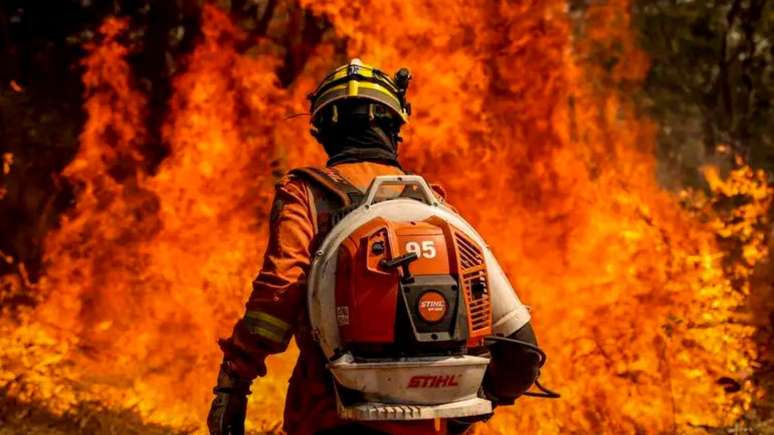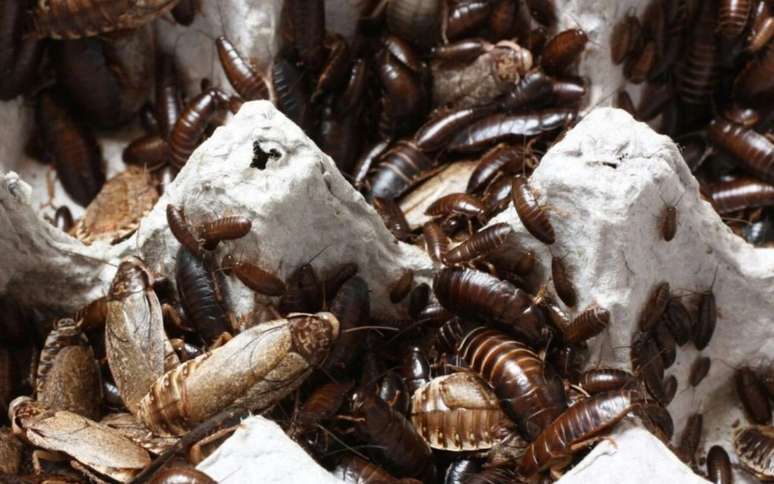As of Friday (19), Brazil has accumulated 183 megatons of carbon (Mt CO2) in emissions. Among the most affected states are Amazonas and Mato Grosso do Sul, with 28 and 15 Mt emitted respectively.
The Pantanal and Amazon are suffering the worst fires in 20 years, which have affected air quality across much of the South American continent.
According to data from the Copernicus Atmosphere Monitoring Service (CAMS), carbon emissions from these fires have exceeded the historical average, highlighting the urgent need for effective environmental policies and international cooperation. CAMS is a service of the European Union space program that monitors the atmosphere and air quality.
As of Friday (19), Brazil has accumulated 183 megatons of carbon (Mt CO2) in emissions. This number is close to the record levels of 2007, when only September recorded 65 megatons. Among the most affected states are Amazonas and Mato Grosso do Sul, with 28 and 15 megatons emitted respectively, the highest values in the last 22 years.
Fires and carbon emissions
Fires in the Pantanal and Amazon stand out as the largest contributors to current emissions. According to CAMS, both biomes have shown higher-than-average levels of fires, further worsening the environmental crisis. States such as Amazonas and Mato Grosso do Sul are feeling the impact most severely, with emissions exceeding the figures for the past two decades.
Impact of fire emissions in Bolivia
As Brazil faces its own fires, Bolivia is also facing a worrying scenario. As of mid-September 2024, carbon emissions from fires in the country amounted to 76 megatons, a record number in the CAMS database, surpassing the previous milestone of 2010. In September alone, Bolivia emitted more than 32 megatons; the department of Santa Cruz (near Brazil) is the first in terms of number of fires.
Fire Weather Conditions
Mark ParringtonCAMS senior scientist, said fires in 2024 in South America will be well above the expected average, especially in the months of July to September, a typical period for fires. In addition, climate factors such as high temperatures and prolonged drought have contributed to the intensity and spread of the fires.
Also alarming is the spread of smoke from the fires. CAMS observed that smoke from the Amazon and Pantanal has crossed the Atlantic, affecting air quality in regions far from the areas of origin. The main factors contributing to the 2024 fire crisis are:
- High temperatures;
- Prolonged drought;
- Adverse climatic factors.
The government of Mato Grosso approves the law that allows cattle ranching in the permanent protection zones of the Alto Paraguay basin. And it does so in the midst of the climate crisis, encouraging more fires and environmental destruction. There is a lot of greed and irresponsibility
— Gleisi Hoffmann (@gleisi.bsky.social) September 22, 2024 5:36 pm
Source: Terra
Rose James is a Gossipify movie and series reviewer known for her in-depth analysis and unique perspective on the latest releases. With a background in film studies, she provides engaging and informative reviews, and keeps readers up to date with industry trends and emerging talents.







